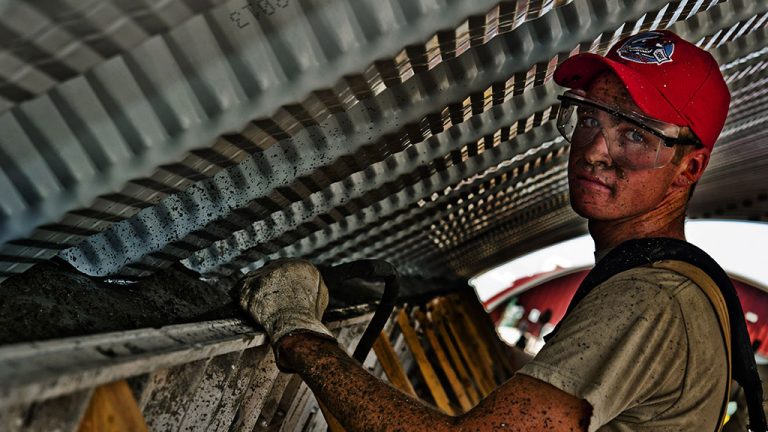BRANDON, MAN. — An investigation into a crane boom injury shows undetected cracks in a hi-rail crane column caused it to collapse and seriously injure a worker in Manitoba.
The Transportation Safety Board of Canada (TSB) has released its investigation report into the crane boom failure and worker injury that occurred in Brandon, Man., in September 2017. According to the report, the crane boom failed due to undetected cracks in the crane column. Investigators noted that deficiencies with the crane operator’s seatbelt and seat locking mechanism also played a role in his injuries.
The incident occurred when a Canadian Pacific Railway (CP) engineering services work crew was using a truck-mounted boom crane to unload tie plates. The crane operator was sitting in an elevated basket secured to the crane’s column. During a lift operation, the crane column failed and the crane boom dropped, throwing the crane operator onto the track about 12 feet below. The crane operator sustained serious injuries.
Investigators found that multiple fatigue cracks had originated near a weld on the interior of the crane column and had propagated outward through the rear and side column walls. They suspect that a collision with a train several years earlier likely caused the first cracks.
The report states if these cracks were present on the inner surface of the column when the crane was recertified following the collision and during subsequent annual inspections, they would have been difficult to detect given the limitations of the magnetic particle inspection technique used for crane inspection and the location of the cracks.
The crane operator’s seatbelt and seat-locking mechanism in the operator’s basket were inoperative, causing him to be thrown from the seat and on to the track. Investigators found the railway’s daily crane inspection checklist included a requirement to check all safety devices for proper operation, suggesting they were not being inspected.
According to the report, if the basket, the operator seat securement and seatbelt of a boom crane are neither regularly inspected nor appropriately maintained, there is an increased risk of operator injury in the event of an incident.
Following the occurrence, CP inspected all boom cranes across its system. No defects were reported. CP also revised its crane inspection procedures to include the crane operator’s seat.











Recent Comments
comments for this post are closed